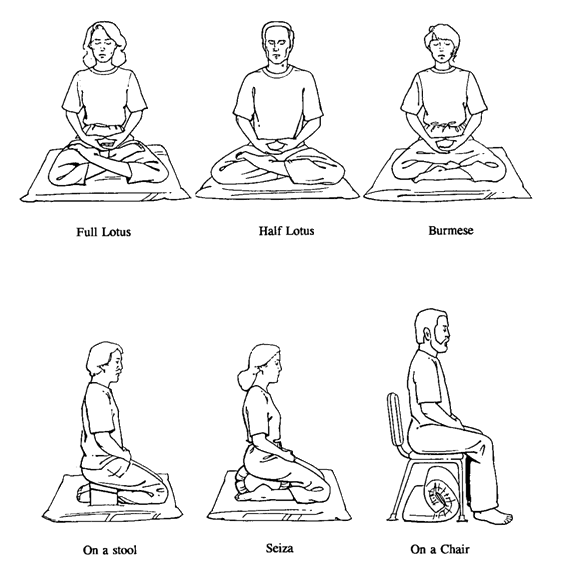Suspendisse volutpat elit nec nisi congue tristique eu at velit urabitur pharetra exnon ullamcorper condimentum.
Finding Stillness: A Guide on How to Sit for Meditation
December 14, 2023

In the fast-paced world we live in, finding moments of stillness and calm can be a challenge. Meditation offers a powerful tool to quiet the mind, reduce stress, and promote overall well-being. However, sitting for meditation is not as simple as it may seem. To truly harness the benefits of meditation, it’s essential to adopt a comfortable and stable posture. In this guide, we’ll explore the art of sitting for meditation, providing tips and insights to help you create a conducive environment for inner peace.

- Choose the Right Space:
Selecting an appropriate space for meditation is crucial. Find a quiet and comfortable area where you won’t be easily disturbed. Whether it’s a dedicated meditation room or a cozy corner in your home, make sure the space promotes a sense of tranquility.
- Use a Comfortable Cushion:
To sit comfortably during meditation, it’s advisable to use a cushion or meditation bench. This helps in maintaining a straight and aligned spine, reducing the likelihood of discomfort or pain during prolonged meditation sessions.
- Cross-Legged or Chair Seating:
There are various sitting positions for meditation, and the most common ones include the cross-legged position (such as the lotus or half-lotus) or sitting on a chair with your feet flat on the ground. Choose a position that feels comfortable for you and allows you to maintain a stable posture.
- Align Your Spine:
Regardless of the sitting position you choose, it’s crucial to align your spine. Sit with a straight back, shoulders relaxed, and chin slightly tucked in. Imagine a string pulling you gently upward from the crown of your head, promoting a sense of openness and awareness.
- Relax Your Hands:
Place your hands on your lap or knees, palms facing upward or downward, whichever feels more natural to you. This helps in grounding your energy and maintaining a sense of balance.
- Soft Gaze or Closed Eyes:
Some people prefer to keep their eyes open with a soft gaze, focusing on a point in front of them, while others find it more beneficial to close their eyes. Experiment with both options to see what helps you stay present and focused during meditation.
- Mindful Breathing:
Bring your attention to your breath. Allow your breath to flow naturally, paying attention to the sensation of each inhale and exhale. This mindfulness of breath helps anchor your awareness to the present moment.
- Be Patient and Gentle with Yourself:
Meditation is a practice, and like any skill, it takes time to develop. Be patient and gentle with yourself, especially if you’re a beginner. If your mind wanders, gently bring it back to the present moment without judgment.

Sitting for meditation is an art that requires mindful attention to both physical and mental aspects. By creating a comfortable and conducive environment, adopting a stable posture, and practicing mindfulness, you can unlock the transformative power of meditation. Remember, it’s not about achieving perfection but rather cultivating a sense of presence and inner peace. Happy meditating!



